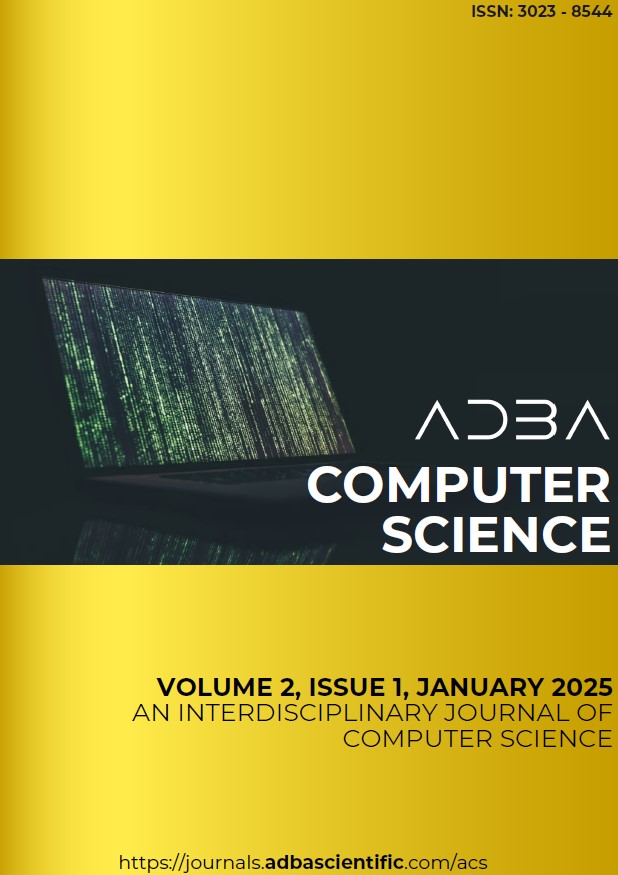Abstract
Explainable Artificial Intelligence has emerged as a critical tool in addressing the transparency challenges associated with machine learning models. This study investigates the application of XAI techniques in the educational domain, with a focus on identifying factors influencing academic performance. Using datasets encompassing student demographics, academic achievements, and contextual variables, machine learning models were developed and analyzed using SHapley Additive exPlanations. The results highlighted the significance of higher qualification achievements and early academic milestones, such as num_level_3_at_age_18 and num_key_stage_2_attainment. These findings corroborate existing literature while providing novel insights through visual and interpretable analytics. The study demonstrates the transformative potential of XAI in uncovering actionable insights, offering policymakers and educators tools to address disparities in educational outcomes. The novelty of applying XAI in this context lies in its ability to bridge the gap between complex predictive models and practical decision-making. Future research directions include expanding datasets to incorporate diverse educational settings and developing real-time educational tools based on interpretability insights. This work lays the foundation for leveraging XAI to drive equity and excellence in education.
References
Berglas, N. F., 2024 Implementation of a booster sexual health education curriculum for older adolescents in rural communities. Health Promotion Practice 25: 78–89.
Bouck, E. C., R. Satsangi, and W. Bartlett, 2020 Parent and youth post-school expectations: Students with intellectual disability in rural schools. Rural Special Education Quarterly 39: 178–187.
Byun, S.-y., J. L. Meece, and M. J. Irvin, 2012 The role of social capital in educational aspirations of rural youth. Rural Sociology 77: 355–379.
for National Statistics, O., 2023 Why do children and young people in smaller towns do better academically than those in larger towns? Available at: https://www.ons.gov.uk/peoplepopulationandcommunity/educationandchildcare/ (Accessed: 23 January 2025).
Gunning, D., M. Stefik, J. Choi, T. Miller, S. Stumpf, et al., 2019 Xai—explainable artificial intelligence. Science Robotics 4: eaay7120.
Hamdani, A., 2023 Exploring the relationship between sleep patterns, BMI, and academic performance: A comparative study of adolescent students in rural and urban areas of Multan. Journal of Mental Health and Social Sciences 8: 14–29.
Hango, D. and P. De Broucker, 2021 Are some Canadian youth neeter than others? Examining north-south and rural-urban inequalities in education, employment, and training. Northern Review 52: 26–47.
Lei, L. and W. Zhang, 2018 Human capital and the middle income trap: How many of China’s youth are going to high school? The Developing Economies 56: 224–244.
Theodori, G. L. and A. E. Theodori, 2015 The influences of community attachment, sense of community, and educational aspirations upon the migration intentions of rural youth in Texas. Community Development 46: 384–400.
Tingen, M. S., J. O. Andrews, and A. Stevenson, 2013 Comparison of enrollment rates of African-American families into a school-based tobacco prevention trial using two recruitment strategies in urban and rural settings. American Journal of Health Promotion 27: 178–186.
Wang, Y. and W. Zhang, 2020 Patterns of educational, occupational, and residential aspirations of rural youth: The role of family, school, and community. Rural Sociology 85: 312–336.
Wen, M. and D. Lin, 2011 Child development in rural China: Children left behind by their migrant parents and children of non-migrant families. Child Development 82: 667–685.
Yiu, P. and R. Luo, 2017 China’s rural education: Chinese migrant children and left-behind children. Chinese Education & Society 50: 155–165.

This work is licensed under a Creative Commons Attribution-NonCommercial 4.0 International License.

